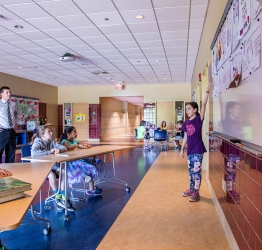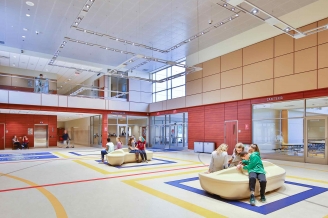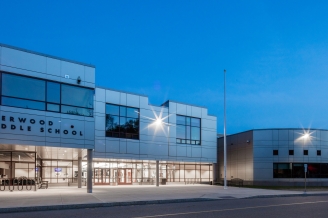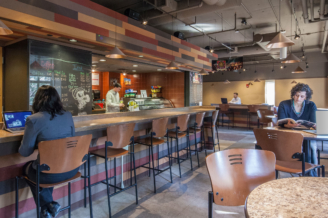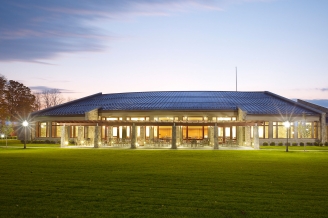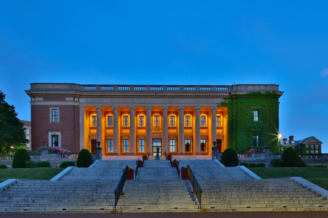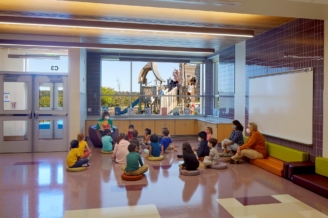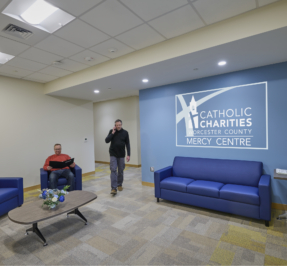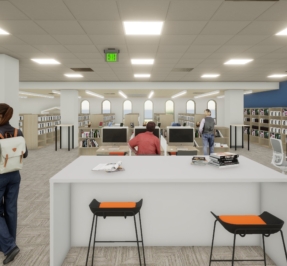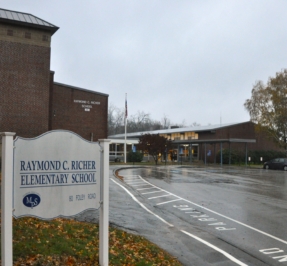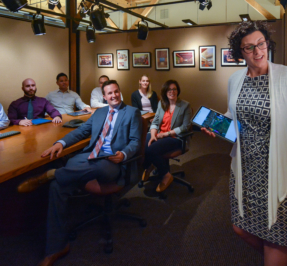Creating Spaces to Engage and Collaborate
Technological advances, scientific breakthroughs, new ways of learning and working; progress in every realm is made possible by the sharing of information and ideas. As innovation has become the key to success in the economy and the workplace, our work spaces and educational environments are being transformed to emphasize collaboration, hands-on learning, and entrepreneurial thinking. This development can be seen a number of different kinds of facilities, from workplaces to higher education, to libraries and K-12 schools; more and more buildings are being designed to foster collaboration and encourage chance interactions.
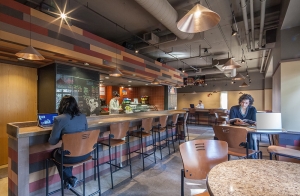
Holy Cross Stein Café
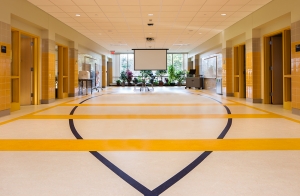
Mountview Middle School, Holden
In K-12 schools, common areas outside classrooms are providing inviting spaces for project-based work and learning. These spaces, which are often placed within a cluster of classrooms, create a sense of community and identity among the larger group. Exploring and engaging beyond the walls of the classroom and working in teams foster ways of learning that will serve students as they progress into higher education and eventually enter the workforce.
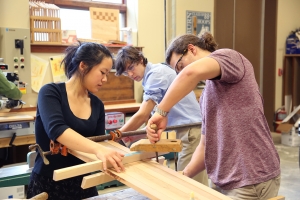
Eagle Hill School in Hardwick
At Mountview Middle School in Holden, which opened last year, technology-driven common areas have replaced the more traditional library environment for conducting research and working on projects. Mobile technology has made it possible to learn and teach in a broader range of environments, and to cater to a variety of learning and instructional styles. The flexibility of the common areas not only facilitates group work, but offers a place for one-on-one help for individual students, or a space to engage in physical activity.
At the higher education level, conversation within and across disciplines can spark new ideas and innovations. Colleges are looking at their circulation patterns across campus, and helping facilitate chance meetings of students and faculty, making inviting spaces in the areas where people already are, so that they might pause and have a conversation. In addition to informal meeting spaces, like cafés and lobbies, colleges are also developing innovation centers and maker spaces.
Through public/private partnerships, colleges like UMass Lowell and WPI are offering students opportunities to collaborate on research projects, offering spaces to both share and apply their learning, and in some cases gaining work experience with companies developing or building on new technologies. Many of the maker-spaces across Massachusetts were started near college campuses by current or former students. These spaces offer manufacturing tools, 3D printers, and other technologies that are shared by users of the space. The open, shared spaces allow for the exchange of ideas, and learning across disciplines.
The leadership of the Shrewsbury Library saw the value in offering spaces like this to the general public and made sure the newly renovated and expanded library could include a flexible maker- space, which includes a 3D printer. Flexible spaces can accommodate technology as it changes, and offer people at any age or stage of life opportunities for life-long learning.
Categorized In: Articles, News
Tagged In: Higher Education, K-12 Schools, Shrewsbury
Share This



